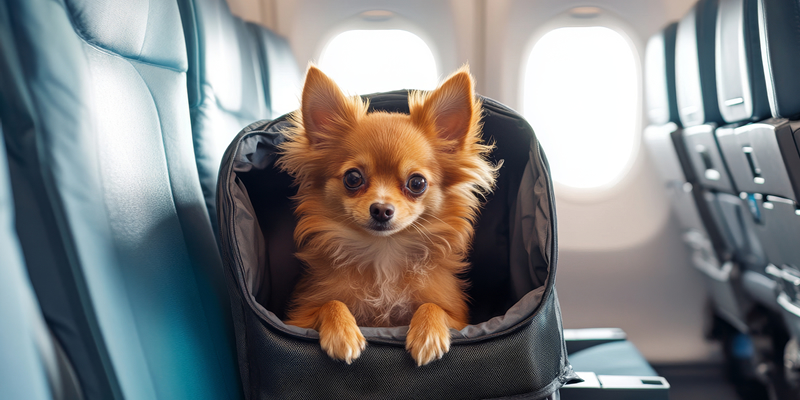
Whether you're moving to the United States permanently or planning a temporary visit, bringing your pet along requires careful preparation. U.S. authorities have clear guidelines to protect both animal and public health, and travelers must understand the specific rules for different types of pets, especially dogs and cats. With the right documentation and planning, your pet can safely accompany you to the U.S.
The U.S. Centers for Disease Control and Prevention (CDC) regulates the entry of pets, especially dogs, due to concerns about rabies and other communicable diseases. The requirements vary based on your country of origin and your pet’s species.
It’s important to check the specific entry requirements for your pet’s species and your country of departure well in advance of your trip.
Traveling with a pet by air involves additional logistics. Most airlines have pet travel policies and may allow pets to travel in the cabin (if small) or as cargo (for larger animals). Key preparations include:
It's also advisable to carry copies of all documents, including vaccination records, microchip details, and import permits if applicable.
Once in the U.S., be sure to follow local regulations. Most cities require pets to be vaccinated. Finding pet-friendly housing, identifying nearby veterinary clinics, and locating pet supply stores or parks can help ease your pet’s transition. If you're immigrating permanently, consider registering with a veterinarian shortly after arrival to establish a medical history in the U.S.
Bringing a pet to the United States can be a manageable process with advance planning and compliance with health and safety standards. Whether you're visiting or relocating, treating your pet as a travel companion with its own needs will help ensure a smooth entry and a safe start to your time in the U.S.